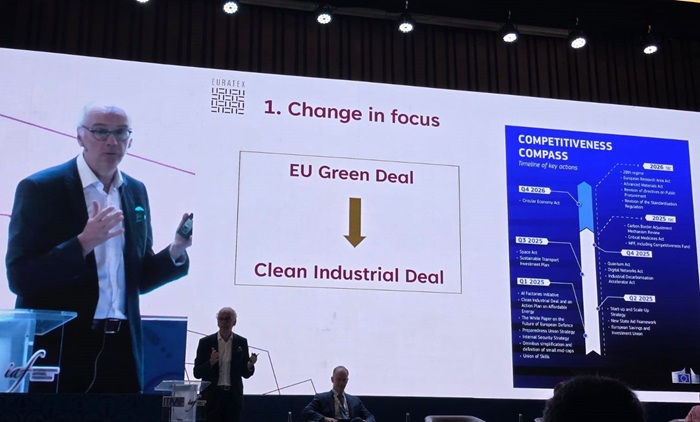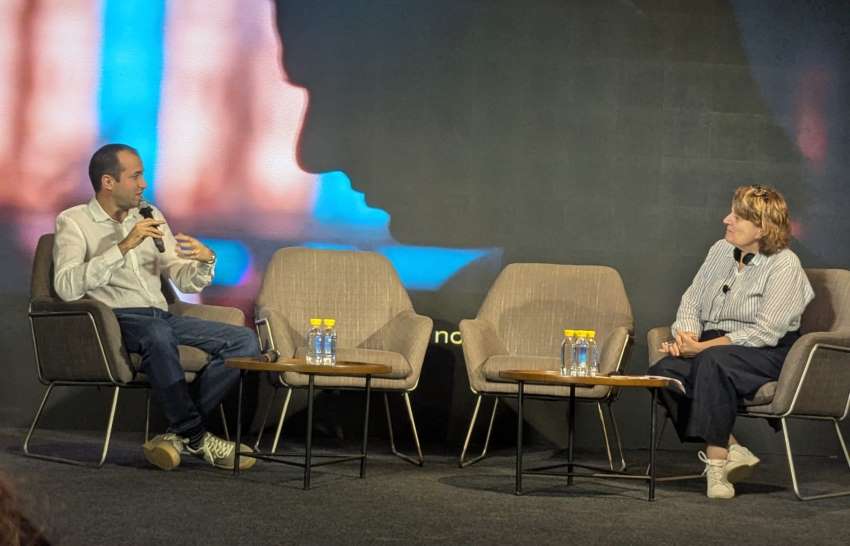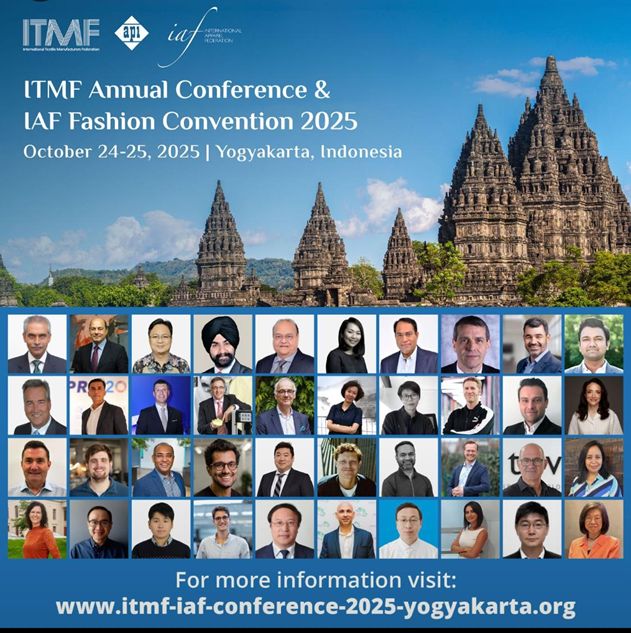Besides expanding its domestic market to $1.8 trillion, India aims to achieve $600 billion in textile exports by 2047, says Rakesh Mehra, Chairman, Confederation of Indian Textile Industry (CITI, In April-December FY25, India’s textile exports totaled $26.6 billion.
However, the country heavily relies on imported textile machinery, including auto-corners, winders, and fancy doublers for spinning and knitting garment fabrics. To reduce this dependence on imports, the industry proposes a scheme to foster local machinery manufacturing. According to this scheme, the government will provide a 7 per cent subsidy to support manufacturers in stabilizing operations for at least 10 years, avers Mehra.
India mainly imports specialized equipment such as spun lace, spun bond, mask-making machines, technical textile equipment, synthetic dyeing machines, and multi-axial looms. These imports underscore the need for a robust domestic manufacturing framework.
To meet this demand, the Ministry of Textiles plans to increase its budget allocation for the sector to 15 per cent to approximately Rs 5,080 crore in FY26, from Rs 4,417.03 crore in FY25. Allocation for the Production-Linked Incentive (PLI) scheme, specifically for technical textiles and man-made fiber (MMF) apparel and products, is anticipated to rise from Rs 45 crore to Rs 60 crore in FY26.
Approved in 2021 with an outlay of Rs 10,683 crore over five years, the PLI scheme was designed to boost the production of MMF apparel, MMF fabrics, and technical textile products. This initiative aims to help India’s textile industry achieve greater scale, competitiveness, and global reach.
The budget will presented by Finance Minister Nirmala Sitharaman on February 1, 2025. Through this budget, the Indian government seeks to transform the textile industry into a global leader by supporting local manufacturing and incentivizing innovation.












